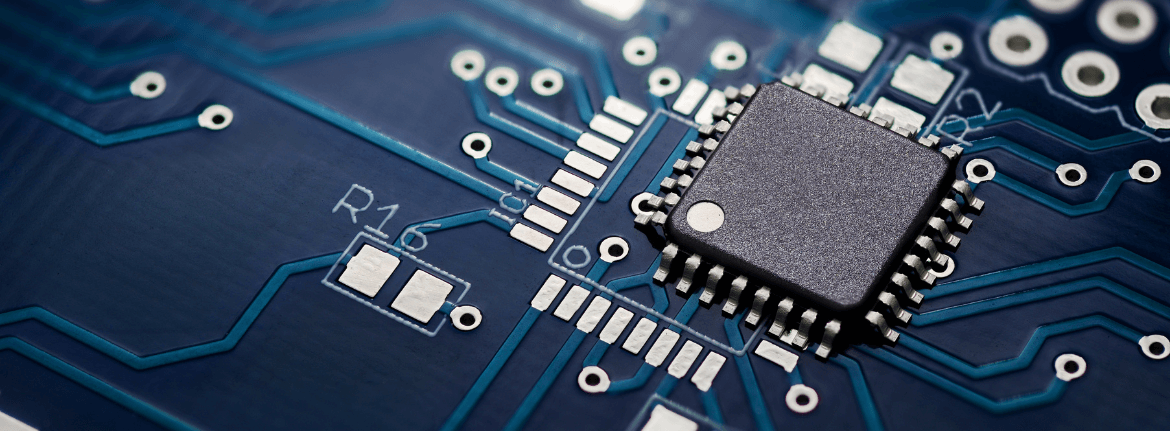MAC Packaging and Metalcraft carefully deliver Department of Defense compliant circuit boards
Challenge
The Department of Defense (DoD) has mandated that all certain and property it owns, including assets in the possession of Defense contractors, be tracked with unique, machine-readable identification numbers (UID). The UID policy aims to modernize the largest supply chain in the world – enabling government and private contractors to manage inventory more effectively. Since the policy began to take shape in 2003, Defense contractors have worked to develop systems for complying with the two main processes required by the mandate – marking and registry of individual items.
Marking requires a machine-readable, permanent identifier – a two-dimensional data matrix that is engineered to last the lifetime of the item. Each matrix enables the unique identification of individual items using existing data elements, including the manufacturer's identification and the item's serial number, among other elements. Of course, the diversity of DoD's purchasing means there is tremendous variance in how items become marked. Some contractors choose to directly inscribe the matrix on the individual item; many others use a durable label or data plate attached to the item. And many items present a unique challenge when marking. MAC Packaging Company, Inc, helps contractors comply with DoD's UID requirements.
Many of their customers' products receive UID labels made of anodized aluminum or ceramic material to ensure the UID mark lasts the lifetime of the item. But these materials can be incompatible with items susceptible to damage from electrostatic discharge due to their conductive nature. When Andy Munter, founder, and president of the Tempe, Arizona-based company, needed to place UID marks on printed circuit boards, he needed an alternative label that wouldn't short circuit the equipment.
Solution
MAC Packing sought UID labels from Metalcraft, a specialist in the production of UID labels based in Mason City, Iowa. Metalcraft has three families of label products – anodized aluminum, polyester, and ceramic – designed to meet the DoD's requirements for the lifetime integrity of the UID mark. For Munter's circuit board customer, Metalcraft produced a small, black polyester label that, unlike aluminum, is non-conductive in order to reduce the chance for static damage. The UID labels are subsurface printed to protect against chemicals, heat, and abrasion affecting readability. Each label contains the two-dimensional data matrix created by Metalcraft to comply with DoD's policy. MAC Packaging took extra steps to ensure the UID labeling, registry and packaging did not cause electrostatic discharge. "We placed the label on the underside of the circuit board," said Munter. "And our packaging team wore wrist straps and stood on conductive mats to pull away any static charges that could have potentially damaged equipment."
Results
The electrostatic discharge was mitigated because of the label choice and the extra steps Munter's company took. MAC Packaging's experience has lead to UID compliant order delivery for additional circuit board manufacturers. "Metalcraft's flexibility helps us meet the varying needs of our Defense supplying customers," said Munter. "They know the UID specifications and understand how to quickly create a label product that will comply."
To learn more about our asset tracking solutions, contact us today at [email protected].
